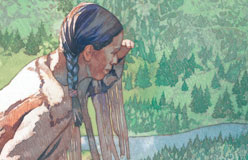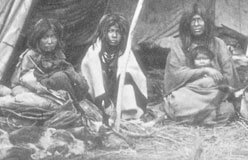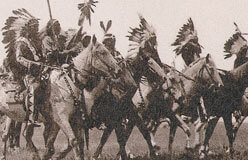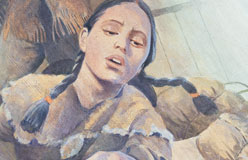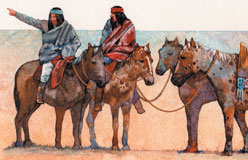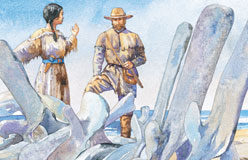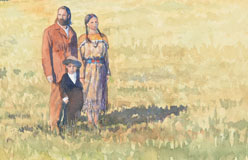When Sacagawea was born, George Washington was president, and the country was just 13 states along the Atlantic Coast. That would quickly change.
In 1801, Thomas Jefferson became president. He dreamed of a country that stretched from the Atlantic to the Pacific. Native Americans had lived on this land for thousands of years. Jefferson didn’t give them much thought. Who did he think about? The European countries that claimed various parts of the West. They worried him. Especially because Spain had just sold France a huge piece of land called Louisiana. The key port of New Orleans was at the southern tip of this land. Jefferson wanted to get the French leader, Napoléon, to sell New Orleans to the U.S. As it turned out, Jefferson got way more than he bargained for.
